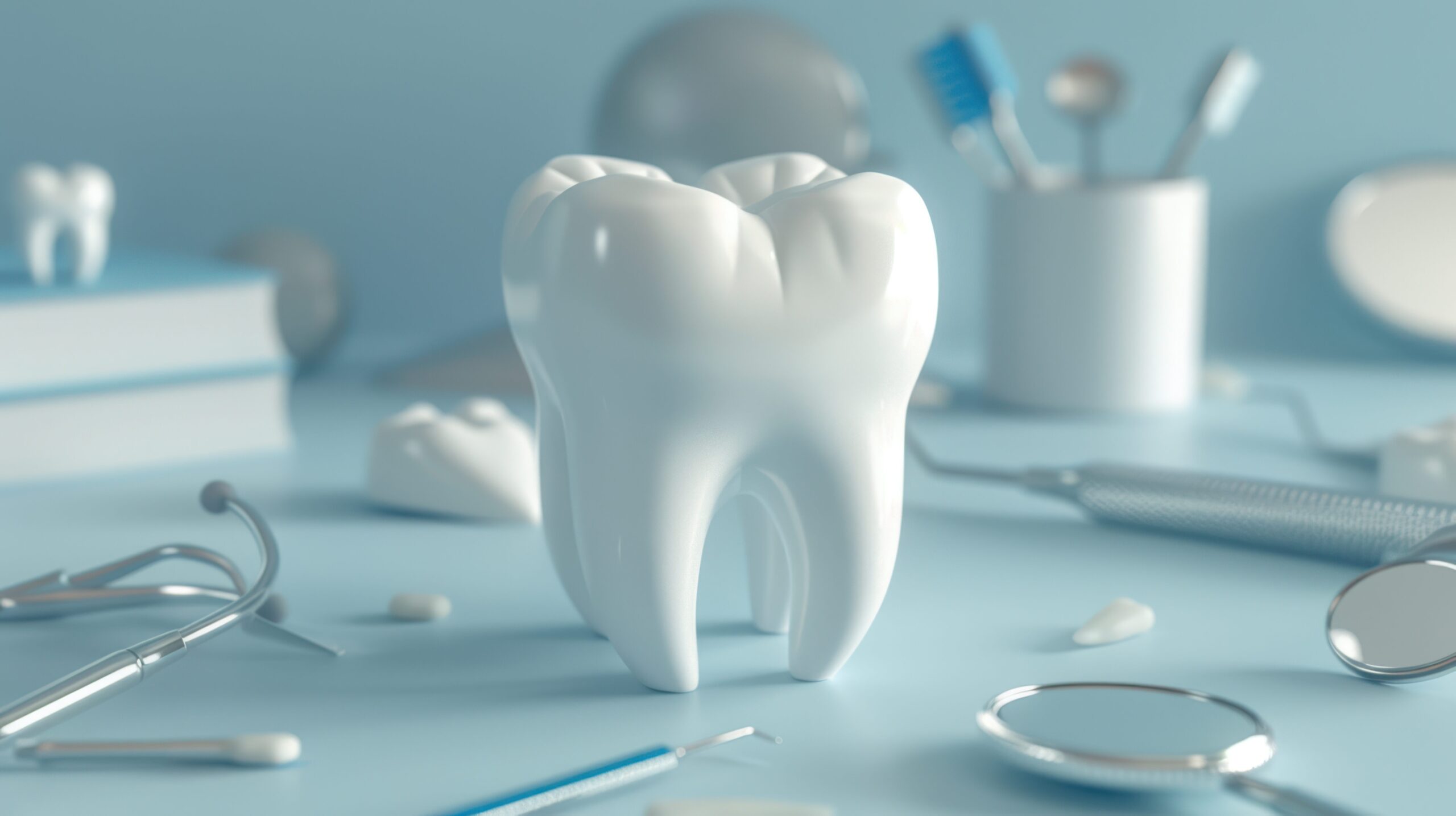People in the past have lived their life having lost a few teeth and not replaced them in time. This has caused multiple problems for them. It was difficult to chew without them. It’s tough to smile if any front tooth is missing. Easy decay of other teeth and many more dental health issues. Removable dentures were not accepted easily by patients, and they often complained of frequent pain and ulcers. Dental Bridge emerged as a brilliant solution to these problems. Bringing an effective and fixed solution for missing teeth. It helped the patients easily adapt to the new teeth and also helped in chewing food with greater comfort.

What is a Dental Bridge?
A dental bridge is a fixed solution, which replaces missing teeth with the help of adjacent teeth. The tooth being replaced is called a “pontic“. The teeth used for supporting the missing tooth are known as “abutments” . Thus taking help from the teeth before and after the missing tooth a dental bridge is placed in the mouth. This technique is non invasive and simple. It can be done in the dental office by the dentist and their team.
Steps in getting a Dental Bridge:
Check-up
Like all dental procedures the first step in bridge preparation is also a check up at the dental office. The dentist will examine the area of the missing tooth to ensure it has good healing and enough space. They will then check if the adjacent teeth are health and strong. This may require them to take a few xrays as well.
Tooth preparation
Once you have decided to go for a dental bridge. The dentist will shave the supporting teeth in a sequential manner to create just enough space for a bridge to fit.
Impressions
The prepared teeth and the missing tooth area are recorded with the help of impressions. Even the opposing arch is recorded to ensure the bite is proper. These impressions maybe physical or digital.
Temporary Bridge
In case the missing teeth are in the visible area the patient may need a temporary acrylic bridge.
Bridge placement
The prepared dental bridge after it is delivered from the lab is checked in the patient’s mouth. Adjustments are made accordingly for the bite and fit. Then once everything is ok the bridge is fixed onto the teeth using dental cement.
Follow up
The dentist will ask you to come in for a follow up regularly in order to check the dental bridge and also the remaining teeth. This will make sure your dental health is secure in the future.
Cost of Dental Bridge:
The cost of a dental bridge is dependent on different factors like clinic location, dentist experience and skill as well as the number of teeth being replaced.
Given below are the approximate cost of dental bridges made using different materials.
| Material | Description | Approximate Cost (INR) |
| Porcelain-fused-to-metal (PFM) | Metal base with porcelain coating for aesthetics | ₹4,000 – ₹8,000 |
| Zirconia | Strong, tooth-colored ceramic, highly aesthetic | ₹9,000 – ₹15,000 |
| All-Ceramic / E-max | High-quality ceramic, best aesthetics, less durable | ₹10,000 – ₹18,000 |
| Metal (Gold, Alloy, etc.) | Durable, usually for back teeth, less aesthetic | ₹5,000 – ₹12,000+ |
| Composite Resin | Less durable, short-term option, rarely used alone | ₹2,000 – ₹4,000 |
Aftercare of Dental Bridges:
Dental bridges can last a lifetime when taken care of properly. A few basic rules must be followed diligently.
- Immediately after cementation avoid eating or drinking any food substances for an hour. This ensure that the dental cement sets properly . Your bridge wont get dislodged easily then.
- Brush your teeth twice a day. Floss in and around the bridge regularly to prevent food lodgment. You may even use mouthwash in between meals to keep your mouth fresh and teeth clean.
- Do not eat very sticky or hard items from the side where the bridge is present as this may cause it to get loose.
Final words on Dental Bridge:
A dental bridge is a time-tested, reliable solution for replacing missing teeth — and it’s helped countless people regain their confidence, comfort, and ability to chew properly. Unlike removable dentures, bridges offer a fixed and natural-feeling option that blends seamlessly into your smile. The process is straightforward and minimally invasive, making it an accessible choice for many. With proper care, a dental bridge can last for years and significantly improve your oral health. It’s not just about aesthetics — it’s about restoring balance to your mouth and preventing future issues like shifting teeth or jaw problems. If you’ve been living with missing teeth, it may be time to talk to your dentist about whether a bridge is right for you. After all, everyone deserves to eat, speak, and smile without discomfort or hesitation. Dental bridges truly bridge the gap — in more ways than one.



